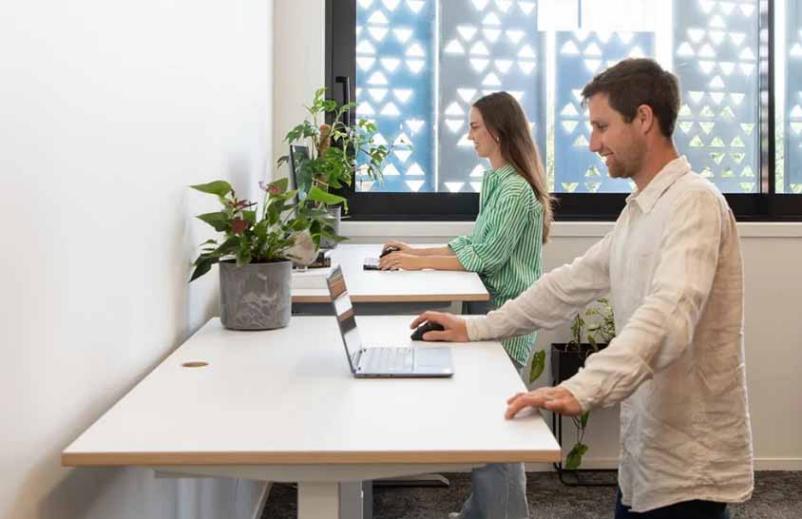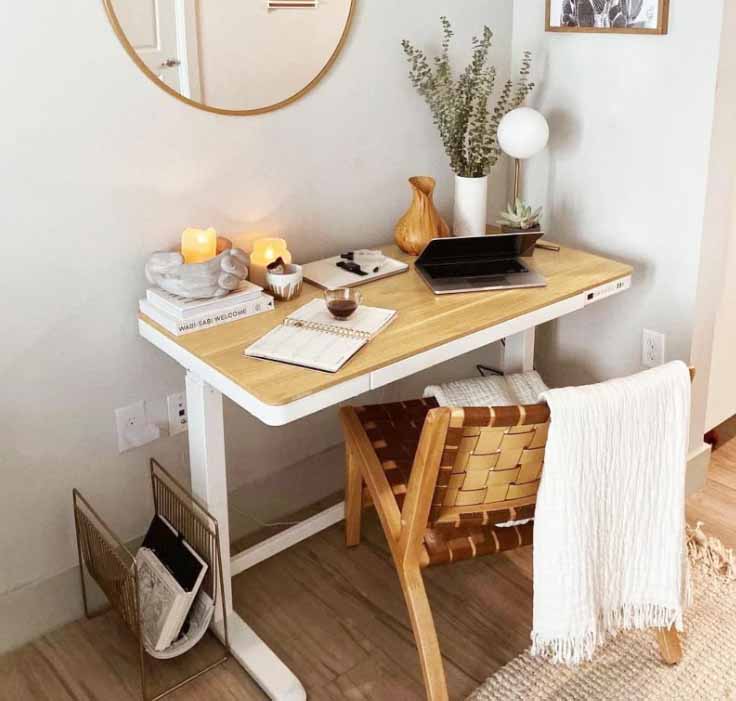In the dynamic landscape of modern work culture, where individuality and productivity are highly valued, the concept of customization and personalization of workspaces has gained substantial prominence. Gone are the days of generic, one-size-fits-all office setups; today's work environments are designed to cater to the unique needs and preferences of each individual. This shift not only enhances comfort and satisfaction but also promotes creativity, productivity, and overall well-being. Let's delve into the significance and benefits of tailoring workspaces to suit individual tastes and needs.
The Significance of Customization and Personalization
Empowerment and Ownership
Personalizing a workspace provides a sense of ownership and empowerment to the individual. It fosters a feeling of being in control of one's environment, which in turn can lead to increased motivation and a higher level of commitment to one's work.

Enhanced Comfort and Well-being
Customizing a workspace allows individuals to adapt their environment to their ergonomic needs, ensuring that they are comfortable throughout their workday. A comfortable and ergonomic workspace can prevent physical discomfort and reduce the risk of developing musculoskeletal issues.
Boosted Creativity and Productivity
Personalized workspaces are more conducive to creativity and productivity. When individuals feel comfortable and at ease in their environment, they are more likely to think freely, generate innovative ideas, and produce high-quality work.
Expression of Individuality
Workspaces that reflect an individual's personality and tastes serve as an expression of their identity. It's a way of communicating who they are, what they value, and what inspires them, creating a unique and inviting atmosphere.
Tailoring Virtual Spaces
Digital Workflows and Tools
Personalizing virtual workspaces is equally important. Customizing digital interfaces, such as desktop layouts, task management applications, and communication tools, can improve workflow efficiency and reduce cognitive load.
Personalized Notifications and Alerts
Adjusting notification settings can help maintain focus and minimize distractions. Tailoring notifications based on priority and relevance ensures that individuals are only interrupted when necessary.
Personalized Communication Channels
In a remote or hybrid work environment, personalizing communication channels can streamline collaboration. Customized settings in messaging platforms and video conferencing tools can optimize the flow of information.
Tailoring Physical Spaces
Ergonomics and Comfort
Ergonomics is a critical aspect of workspace customization. Adjustable chairs, ergonomic keyboards, and monitor positioning are just a few elements that can be personalized to cater to an individual's physical needs. Additionally, the arrangement of furniture should promote a comfortable and efficient workflow. The electric standing desk canada is a commendable choice, offering ergonomic benefits that enhance both productivity and well-being in the workspace.

Lighting and Ambiance
Customizing lighting can significantly impact mood and productivity. Natural light is preferable, but adjustable artificial lighting options can also be employed to create an inviting and well-lit workspace. Additionally, personalized décor, such as plants, artwork, and color schemes, can contribute to a more pleasant ambiance.
Organizational Systems
Individuals have different organizational styles and preferences. Some may prefer an open, minimalist desk, while others may benefit from a more structured system with shelves, drawers, and organizers. Customizing organizational elements ensures that everything is in its place, reducing clutter and enhancing efficiency.
Overcoming Challenges
While customization and personalization of workspaces offer numerous benefits, it's important to strike a balance. Over-customization can lead to clutter and distraction, so it's crucial to keep functionality in mind. Additionally, in shared workspaces, considerations must be made to respect the needs and preferences of others.
Conclusion
The customization and personalization of workspaces are pivotal in creating environments that empower individuals, enhance comfort and well-being, boost creativity and productivity, and allow for the expression of individuality. By recognizing the significance of tailoring physical and virtual spaces, organizations can support their employees in achieving their best work, ultimately leading to a more satisfied and motivated workforce.